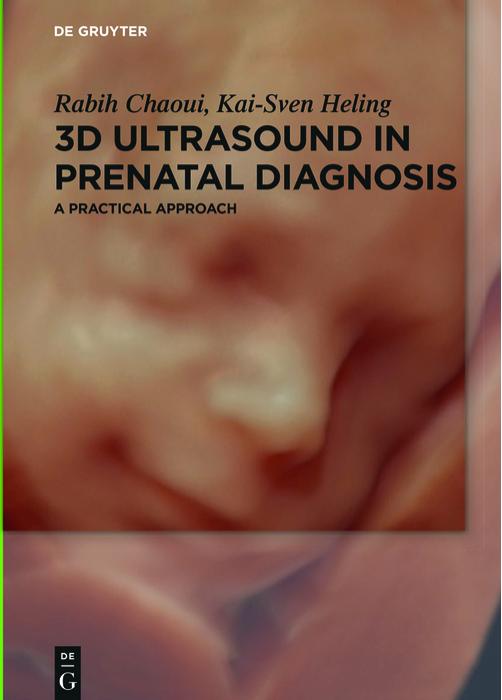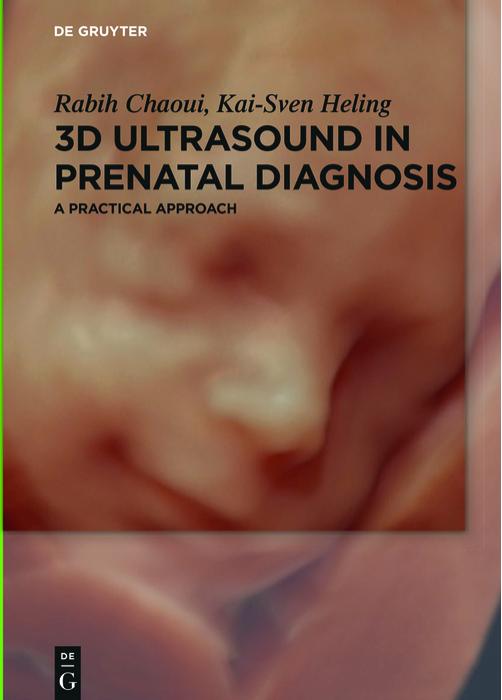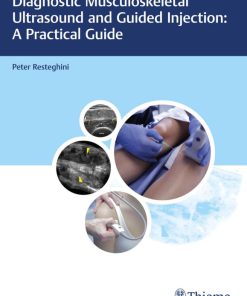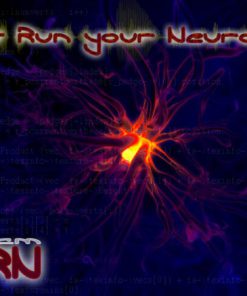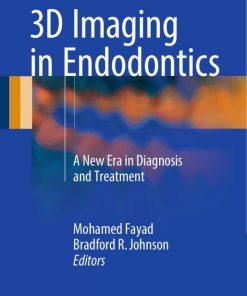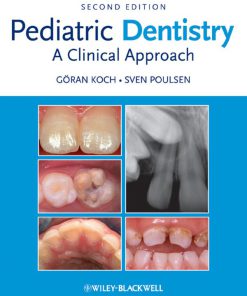3D Ultrasound in Prenatal Diagnosis A Practical Approach 1st Edition by Rabih Chaoui, Kai Sven Heling ISBN 3110496518 ‎ 978-3110496512
Original price was: $50.00.$25.00Current price is: $25.00.
Authors:Rabih Chaoui; Kai-Sven Heling , Series:Radiology [43] , Tags:Pathology Clinical Chemistry; Obstetrics & Gynecology , Author sort:Chaoui, Rabih & Heling, Kai-Sven , Ids:9783110496512 , Languages:Languages:eng , Published:Published:Jan 2016 , Publisher:De Gruyter , Comments:Comments:In the last decade there was a widespread use of 3D ultrasound in obstetrical imaging. It is estimated that more than half of the obstetrical clinics are currently using ultrasound equipment with 3D capabilities. Initially known for its beautiful images of the faces of babies, 3D ultrasound has, however, become an important tool in prenatal diagnosis for its ability to image fetal organs in normal and abnormal conditions. This book is a state-of-the-art work conceived as a practical guide to the application of 3D ultrasound in obstetrics. The book is illustrated with images reflecting the clinical utility of 3D ultrasound in prenatal diagnosis. The book has three sections: one section on the technical principles of 3D ultrasound, a second section on various 3D rendering tools with a step-by-step explanation of its use. The third section is dedicated to the clinical use of 3D in the examination of the fetal organs. The authors of this book have extensive expertise in 3D ultrasound that spans for more than 15 years.

